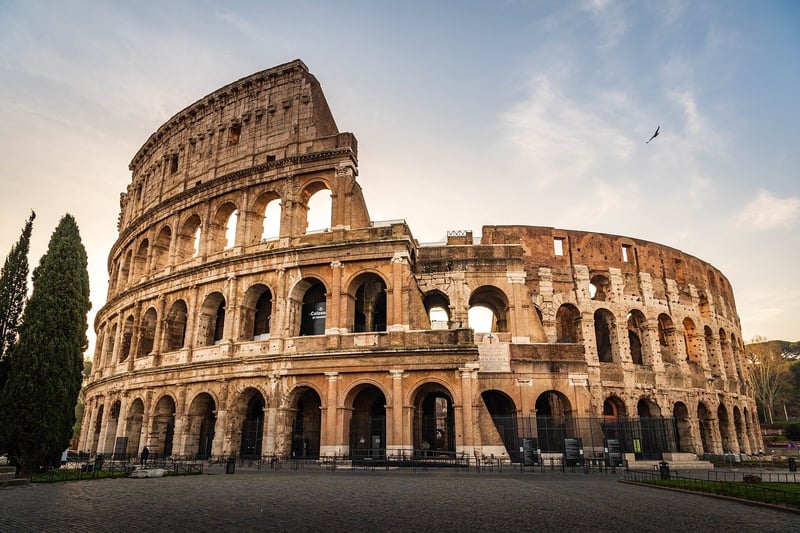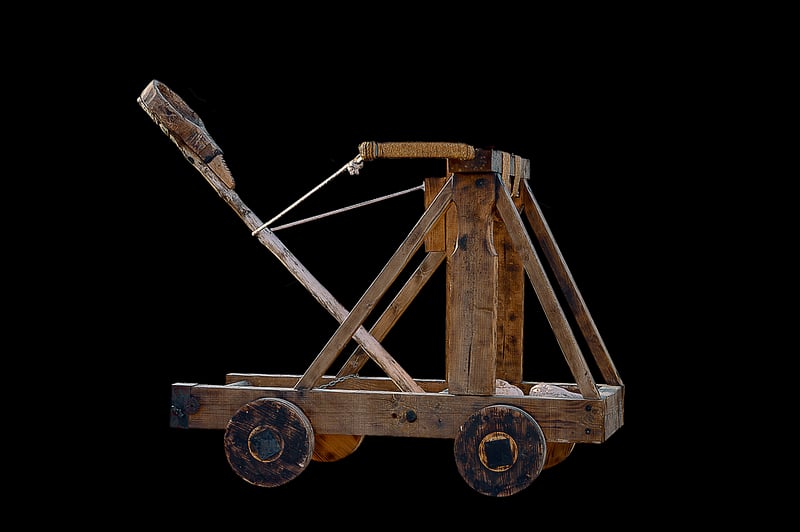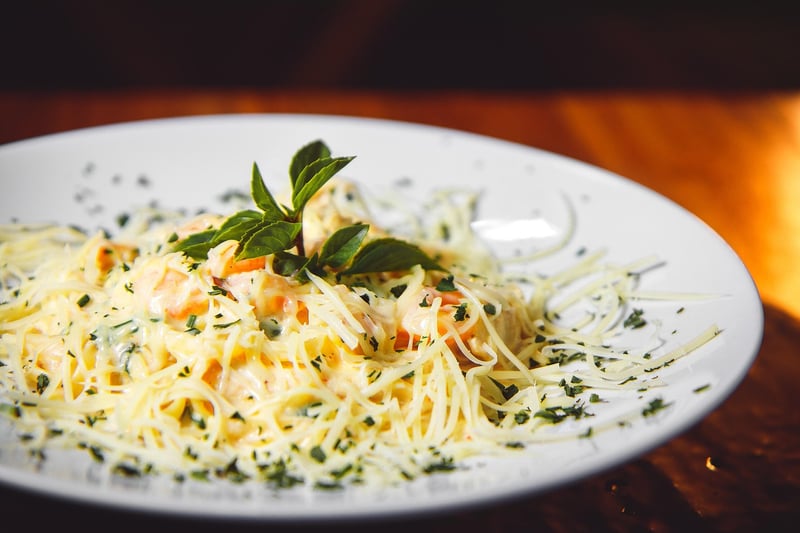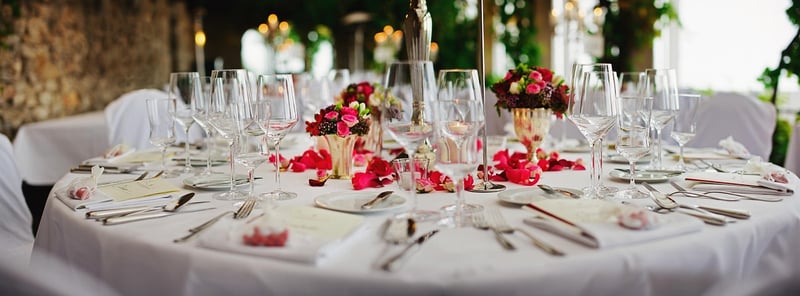Medieval Banquets
Exploring Food Across Different Eras: From Ancient Times to Modern-Day
Food has always been an integral part of human history, evolving over centuries to reflect the culture, technology, and preferences of each era. From simple ingredients in ancient times to extravagant banquets in medieval times, let's take a journey through the culinary landscape of different periods.
Ancient Times: Unveiling the Origins of Culinary Traditions
In ancient times, food was primarily sourced from hunting, gathering, and basic agriculture. Grains, fruits, and vegetables formed the foundation of most meals, with meat being a luxury reserved for special occasions. Ancient civilizations such as the Egyptians, Greeks, and Romans developed sophisticated culinary techniques and flavors that laid the groundwork for future cuisines.

Medieval Banquets: Feasting Fit for Kings and Queens
Medieval banquets were grand affairs that showcased the wealth and power of nobility. These lavish feasts featured an abundance of dishes ranging from roasted meats and pies to exotic spices and sweet treats. Banquets were not only about food but also about entertainment, with jesters, musicians, and dancers adding to the festive atmosphere.

The Renaissance to the Industrial Revolution: Culinary Innovations and Global Influences
During the Renaissance and the subsequent Industrial Revolution, culinary practices underwent significant changes. Exploration and trade brought new ingredients like spices, coffee, and chocolate to Europe, revolutionizing the way people cooked and ate. The rise of restaurants and cafes also transformed dining into a social experience.
Modern-Day Cuisine: A Fusion of Tradition and Innovation
Today, food reflects a diverse tapestry of flavors, influenced by global cuisines and innovative cooking techniques. From farm-to-table movements to molecular gastronomy, modern-day chefs continue to push boundaries and redefine culinary norms. Food has become not only a necessity but also a form of art and expression.

Conclusion
Exploring food across different eras provides insight into how culinary traditions have evolved and shaped our society. From the humble beginnings of ancient civilizations to the extravagant banquets of medieval times and the diverse cuisines of today, food remains a central aspect of human culture, bringing people together and celebrating both tradition and innovation.
So, the next time you sit down for a meal, take a moment to appreciate the rich history and heritage behind the food on your plate.
